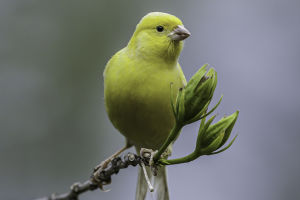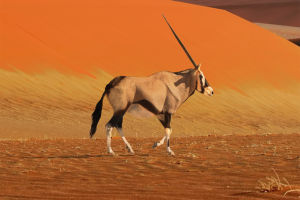Zebras, often recognized for their striking black-and-white stripes, belong to the Equus genus, making them relatives of horses and donkeys.
However, despite these family ties, zebras stand out due to their distinct features, behaviors, and their fascinating lifestyle. In this article, we'll dive deep into the world of zebras, exploring everything from their physical traits to their social habits.
Physical Traits: What Makes Zebras Unique
Zebras are easily identifiable by their distinctive striped coats. These stripes are unique to each individual, much like human fingerprints. The pattern and design of these stripes help zebras camouflage in the wild, especially within the grassy plains where they live. However, while the stripes serve as a form of camouflage, they also play a role in regulating body temperature and protecting against biting insects like flies.
An adult zebra can typically reach a height of about 2.3 meters and a shoulder height of around 1.5 meters. They usually weigh between 300 to 400 kilograms, though some individuals can exceed 410 kilograms. Zebras also have a mane that stands upright, unlike the flowing manes of horses and donkeys, giving them a distinctive appearance.
Habitat: Where Do Zebras Live?
Zebras are native to Africa, where they are found in various habitats, including savannas, grasslands, and even mountainous regions. They are highly adaptable animals, capable of surviving in a variety of environmental conditions. Zebras do not have a fixed home or territory. Instead, they are migratory, constantly moving in search of food and water.
The three primary species of zebras — the plains zebra, the mountain zebra, and the Grevy’s zebra — each have specific habitats. Plains zebras tend to inhabit open grasslands, while mountain zebras live in more rugged, rocky areas. Grevy’s zebras are typically found in drier, semi-arid regions of East Africa.
Social Structure: Zebras Are Family-Oriented
Zebras are social animals, often living in groups known as "harems." A harem typically consists of one dominant male, several females, and their young. In larger groups, several harems may come together, forming a herd that can number in the hundreds. This group structure is essential for their survival, as it offers protection against predators.
The dominant male, or stallion, plays a critical role in the group’s safety and cohesion. He will defend the group against intruding males and help guide them to areas with food and water. The females are responsible for nurturing and protecting the young zebras, which are known as foals.
Diet and Feeding Habits: What Do Zebras Eat?
Zebras are herbivores, and their diet consists primarily of grasses, leaves, and shrubs. They are grazers, meaning they spend a significant portion of their day eating. Unlike some other herbivores, zebras do not need to drink water every day, as they can extract moisture from the plants they eat. However, they do need access to water sources periodically, particularly during the hotter months.
Due to their migratory nature, zebras often move to new areas in search of fresh grazing grounds. This nomadic lifestyle helps prevent overgrazing in any one area and ensures a steady supply of food for their herds.
Conservation Status: Challenges Facing Zebras
Unfortunately, zebras face several threats, primarily due to human activity. Habitat destruction, hunting, and poaching have significantly impacted their populations. The Grevy’s zebra and mountain zebra are both classified as endangered, with their numbers dwindling in the wild. The plains zebra, on the other hand, is more stable, though still vulnerable in some regions.
Conservation efforts are ongoing to protect zebra populations. These efforts include habitat restoration, anti-poaching measures, and establishing protected areas where zebras can roam freely without the threat of human interference. The protection of zebras is essential not only for their survival but also for maintaining the health of the ecosystems they inhabit.
Why Zebras Matter
Zebras are much more than just their eye-catching stripes. They are an integral part of the African ecosystem, playing crucial roles in maintaining the balance of their habitats. By understanding their unique traits and the challenges they face, we can better appreciate the importance of preserving these incredible creatures.
As Lykkers, we all share a responsibility to contribute to the protection of zebras and other wildlife. By supporting conservation efforts and spreading awareness, we can help ensure that future generations will have the privilege of witnessing these magnificent animals in the wild.


